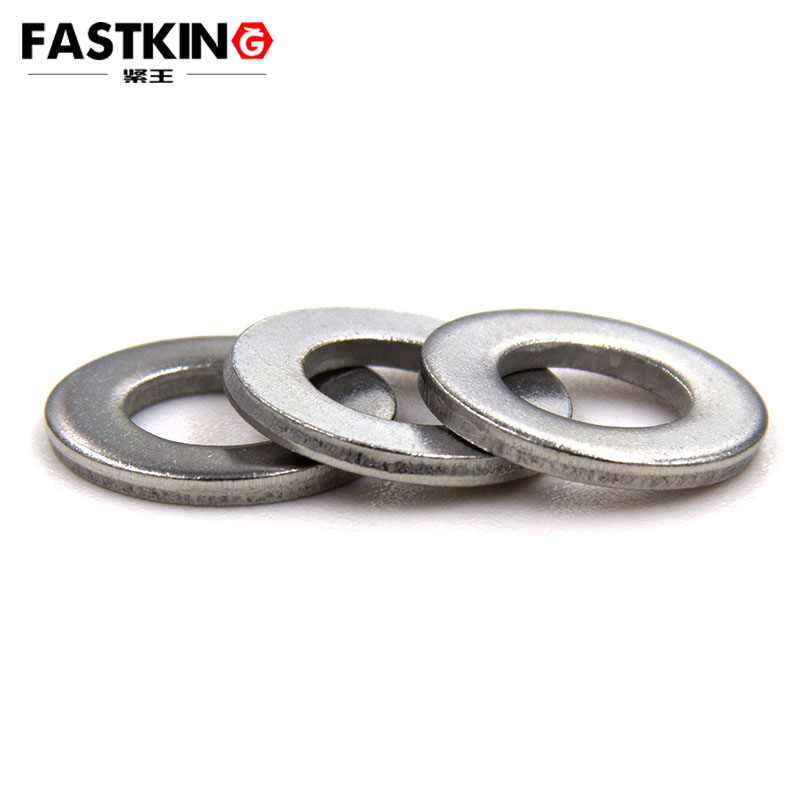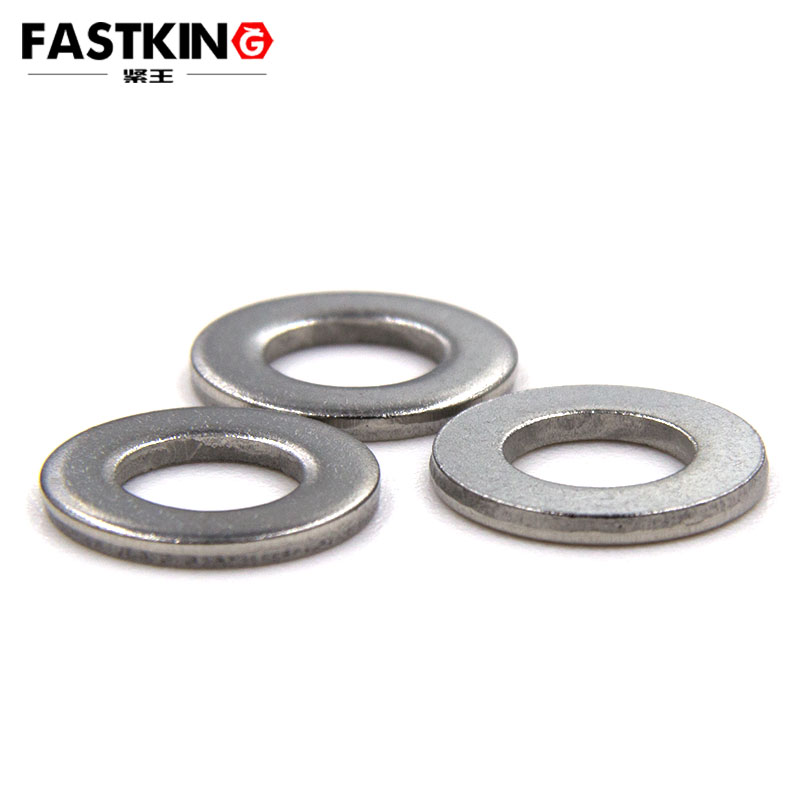Flat Washer 200HV is a metallic washer with a performance grade of 200HV, widely used across various fields such as machinery, construction, and automotive industries. Its primary functions include increasing the bearing surface area, distributing pressure, preventing loosening, and protecting the surfaces of connected components. This article provides a detailed introduction to the application scenarios and usage methods of the Flat Washer 200HV to help readers better understand and apply this type of washer.
I. Technical Characteristics of Flat Washer 200HV
The Flat Washer 200HV is made from high-quality carbon steel and undergoes strict heat treatment processes to stabilize its hardness at the 200HV level. This precisely controlled hardness ensures that the washer has sufficient strength without causing damage to the connected components. The surface of the washer is treated with rust-prevention methods, such as galvanizing or blackening, to maintain good performance in various environments. Standardized dimensions allow it to perfectly match a wide range of bolts and nuts, meeting the needs of different applications.
II. Main Application Fields

In machinery assembly, the Flat Washer 200HV is extensively used in critical areas such as flange connections, bearing fixation, and equipment bases. Its role is to distribute connection pressure, prevent surface damage to connected components, and ensure reliable connections. In steel structure projects, this washer is commonly used for beam and column connections as well as support fixations, effectively enhancing the load-bearing capacity of connection nodes. In piping engineering, the Flat Washer 200HV is employed at flange connections to ensure sealing performance while preventing deformation of flanges caused by over-tightened bolts.
III. Correct Usage Methods
When using the Flat Washer 200HV, it is essential to select the appropriate washer size based on the bolt specifications. During installation, the washer should be placed flat between the connection surfaces, ensuring it is perpendicular to the bolt axis. During tightening, a torque wrench should be used to fasten the bolts according to the specified torque values, avoiding both over-tightening and under-tightening. For critical connections, it is recommended to regularly inspect the washer's condition and promptly replace any deformed or damaged washers. When using in special environments, choose washers with corresponding surface treatments; for example, use galvanized washers in humid environments and heat-resistant coated washers in high-temperature settings.

Although the Flat Washer 200HV has a simple structure, it plays an irreplaceable role in mechanical connections. Correct selection and use of the washer can not only enhance connection reliability but also extend the service life of equipment. With continuous advancements in manufacturing processes, the Flat Washer 200HV is poised to play a more significant role in an even broader range of applications.
